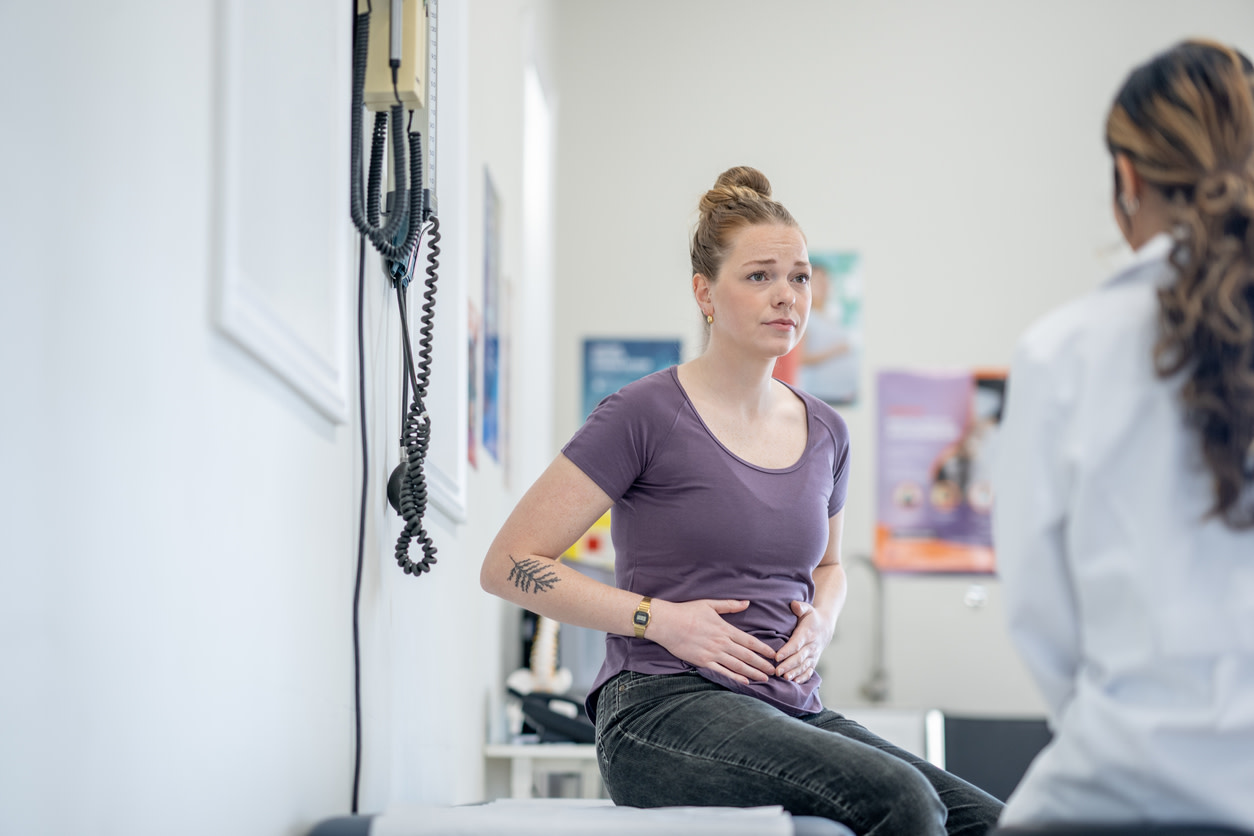Pelvic Floor Dysfunction: Symptoms, Causes, Treatments, and Exercises
Learn about pelvic floor dysfunction causes, symptoms, and treatment options, plus lifestyle tips and exercises for symptom relief.
$0 costo para usted
Fecha de Publicación: Oct 15, 2024
El índice
Fully Covered Pelvic Care
Find relief from pelvic pain, leakage, muscle weakness, & more.
Check if I'm eligibleExercises for Pelvic Floor Dysfunction
¿Quieres atención de expertos? Consulta si estás cubierto por nuestro programa gratuito →- Diaphragmatic Breathing
- Wall Groin Stretch
- Bridge
- Cat-Cow
- Standing Child’s Pose
